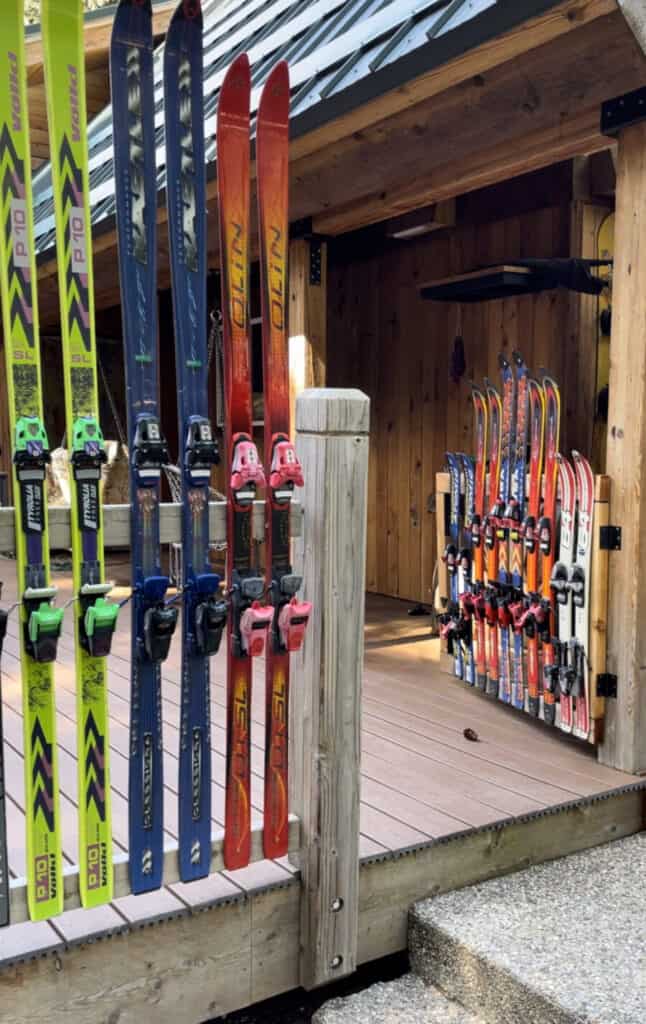For many car enthusiasts, tinkering with cars is a passion that never fades away. Whether it’s a small upgrade or a full custom build, there’s always something new to learn and improve upon. For me, I stepped away from the custom automotive scene several years ago, but am getting back into it again. In this project, we’ll be diving into a popular engine swap involving a 302 5.0L V8 from a Ford Explorer into a Ford Ranger. Despite these types of swaps being done for over a couple decades now, it can be difficult to find complete information on the subject. There’s also several variables between different years of these vehicles, but unfortunately some contradicting information online too. I’ll attempt to document my swap in as much detail as possible in this post and update as progress continues as it pertains to a 1999 Ford Ranger 3.0L V6 extended cab getting a 5.0L V8 from a 2001 Ford Explorer. Why the Swap? This one pretty much comes down to more power. I’ve put some 33″ all-terrain tires with later plans of going with larger tires on the Ranger. The intent was to use it around our property, but also make it street legal for occasional pavement use. With the engine shot, and knowing the factory 3.0L V6 is more than a bit underwhelming in the horsepower department (152hp) to say the least, I decided to look for a Ford Explorer with the 5.0L V8 as a donor. The 5.0L V8 from the Explorer has around 215hp isn’t much more than the 4.0L V6 that was also an option on the Ranger at 207hp. The 5.0L V8 does appear to have more aftermarket options for getting more horsepower though. Parts Needed It’s highly recommended to get a full donor vehicle to perform this swap. These are the primary components you’ll need from the Explorer to perform the swap: The Build Vehicle This is the build vehicle, a 1999 Ford Ranger XLT extended cab 4×4 with the lackluster 3.0L V6. Vehicle 1999 Ford Ranger XLT Extended Cab Engine 3.0L V6 (Blown Head Gasket) Transmission 5-Speed Manual Drivetrain 4WD Mileage 145,XXX The Donor From my initial research, the ideal Explorer engine for a 1999-2000 Ford Ranger would be a 1998-2001 Ford Explorer. 1998 Ranger’s do not have the Passive Anti Theft System (PATS), more on that later. This year range of Ranger and Explorer are supposed to be one of the most “plug and play” swaps, I’ll see how that goes. This is certainly a higher mileage donor, but I believe it may have been rebuilt at some point. My goal for this project is to just get things running. I may look at getting another engine to rebuild later. Vehicle 2001 Ford Explorer XLT Engine 5.0L V8 – 302 Transmission Automatic Drivetrain AWD Mileage 177,XXX The Ranger V8 Swap Process (High Level Overview) The engine swap process can be a bit daunting, requiring a lot of patience, hard work, and knowledge. Here’s a high level look at the work required. From initial research I’ve done, these should be the steps required (I’ll update this section if needed as I work through this project). Pulling the Engines To make it easier to pull the engine, transmission, and transfer case from the Ranger while keeping them bolted together, I ended up using a spot welder cutting tool to remove the front radiator core support. More pics to follow on this. On the Explorer, I opted to cut out the entire inner support for the fenders as well. Disconnecting Lines/Harnesses – Label, Document, Take Pictures To remove the engines, several wiring harnesses, hoses, and other lines need to be disconnected. I took several pictures and labeled items that were disconnected. It might be weeks before I get a chance to get everything together, and I wanted to eliminate any future guess work. Quick Connect Lines There’s a few quick connect lines that need to be disconnected including A/C lines and a fuel line. The fuel line on the Explorer had a decent amount of corrosion and took me a while to remove. I bought this Master Quick Disconnect Tool Set off of Amazon. I went through multiple rounds of lubricant spray and let it soak over night. Going between the plastic disconnects and metal, I eventually tried using a pair of pliers to force the tool in, and eventually it went. Motor Mounts I’m currently working on swapping the 5.0L motor mounts over to the Ranger. The driver-side mounts have the bolts positioned differently. I’ve read where some people have re-used the Ranger mounts and re-drilled or “slotted” the holes in the motor bracket to acomodate. I wanted to make sure things were properly aligned, so I’ll be swapping the 5.0L V8 mounts over. Unfortunately, Ford’s design for mounting these does not make it easy to unbolt, and this is where I’m at right now. Note: I’m not sure if the 4.0L V6 or if the 2.5L 4-cylinder have different mounts or if they might be the same as the 3.0L V6 Ranger or 5.0L V8 Explorer. What’s Next? Once the motor mounts are squared away, I’ll be ready to drop the engine, transmission, and transfer case into the Ranger. Once that is done, it will be time to start getting everything wired back up and various lines connected. Ford Ranger V8 Swap FAQ










